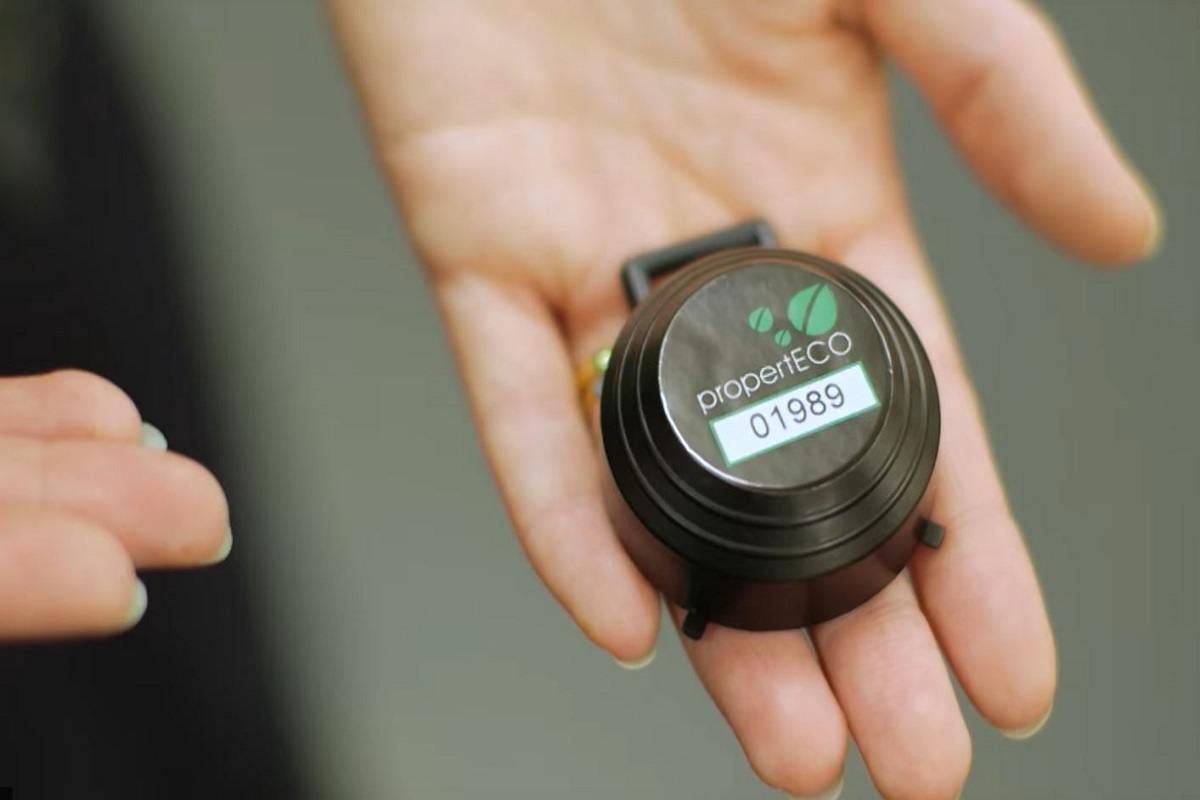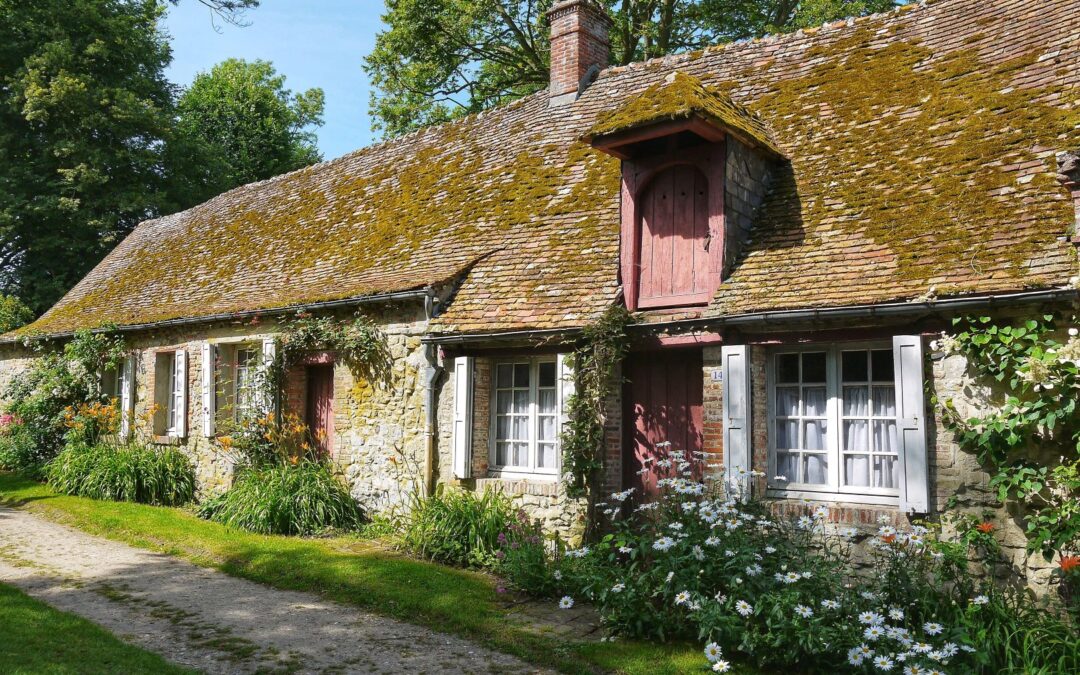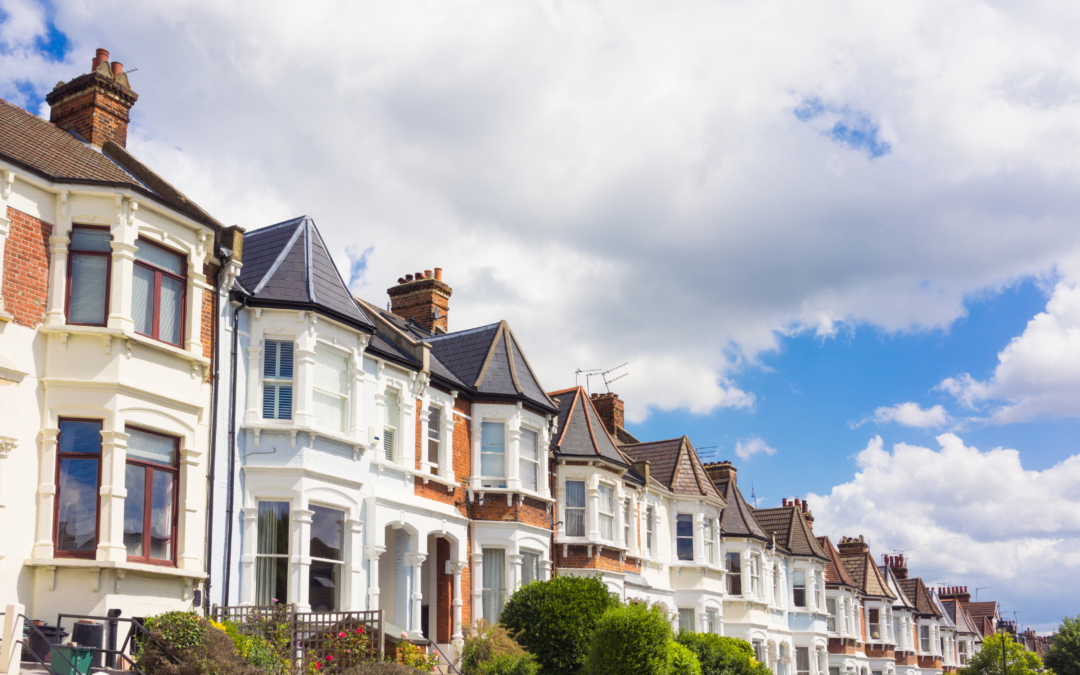Radon gas is a problem you can’t see, taste or even smell but it is affecting properties across the UK, and is something that most people aren’t aware of.
It is a naturally occurring radioactive gas that is formed as a result of the radioactive decay of uranium that occurs naturally in all rocks and soils. Being exposed to high levels of radon can be a serious issue and is the second leading cause of lung cancer.
Every building contains radon but the levels are normally low. The chances of a higher level depend on what type of ground the building sits. Inside buildings, the air pressure is usually lower than outside so radon can be drawn through gaps in the floor.
How can I tell if I have radon in my property?
Public Health England has produced a radon map which shows areas that are most likely to be affected by high levels of radon. However, this is only an indicator and we recommend the best way to know if you have high levels of radon at your property is to carry out a radon test.
Is radon testing necessary when buying a home?
It is recommended by Public Health England that you should carry out a 3 month radon test during the first year in your new home. Radon levels can vary across properties, so for your peace of mind you should conduct a test.
How to test for radon
There are several types of tests that can be carried out. The testing period can last from 10 days through to 3 months. Wherever possible, for the most accurate results we would always recommend using a 3 month radon test kit which will give you a more accurate reading. For the radon test, simply place small detectors in your bedroom and living room and leave them there for the allotted time period, then post them off to receive your radon level results.
If you are buying or selling a property and need quick results, there are 10 day radon detectors you can buy online (see the image at the top of this article). There are also radon monitors that can be purchased online that can provide both short term and long-term measurements for checking radon levels.
Back in January 2018, legislation in the form of IRR17 (Ionising Radiation Regulations) was introduced to ensure commercial property owners complied with the assessment for possible radon in the workplace. If radon is found at a premises, then mitigation will have to be carried out to reduce the level of radon that people are exposed to.
Radon levels in the home: What are high and low levels of radon?
The measurement for radon is in units called Becquerels (Bq). The average home in the UK has levels of 20 Bq/m3. As long as your radon levels are below 100 Bq/m3 then there is no need to be alarmed. However, if the levels are more than 100 Bq/m3 then you will need to consider some form of mitigation to reduce the radon levels to a safe level.
Radon treatments for homes
If you have used any of the radon testing methods mentioned and have received results showing high levels of radon at your property, then you will need some form of radon mitigation. There are two types of mitigation that can be used to make a home safe from radon gas. These include the installation of a radon sump or a positive pressure unit.
Radon sumps are the most popular and effective choice for reducing high concentrated levels of radon. A void is created underneath the building where the pressure is at its lowest. This allows any radon in the soil to be drawn towards it. From there, it can be safely ventilated away, through a vent pipe away from the property.
The second method of reducing radon levels involves using a positive pressure system. This involves the installation of a positive pressure unit in the loft space or on the internal side of a wall. The unit then draws air into the building before dispersing clean filtered air around the property.
Fixing radon gas problems
If you are unsure that you are living in a radon affected area or are looking to purchase a property, then buying a radon detector kit is the only way to identify if a property has potentially high radon levels or not.
If you have already tested and know that radon levels are high in the building, then having a radon specialist provide mitigation works will ensure radon levels are reduced to the target level of 100 Bq/m3 and that the occupants remain safe.
This post was compiled by propertECO






